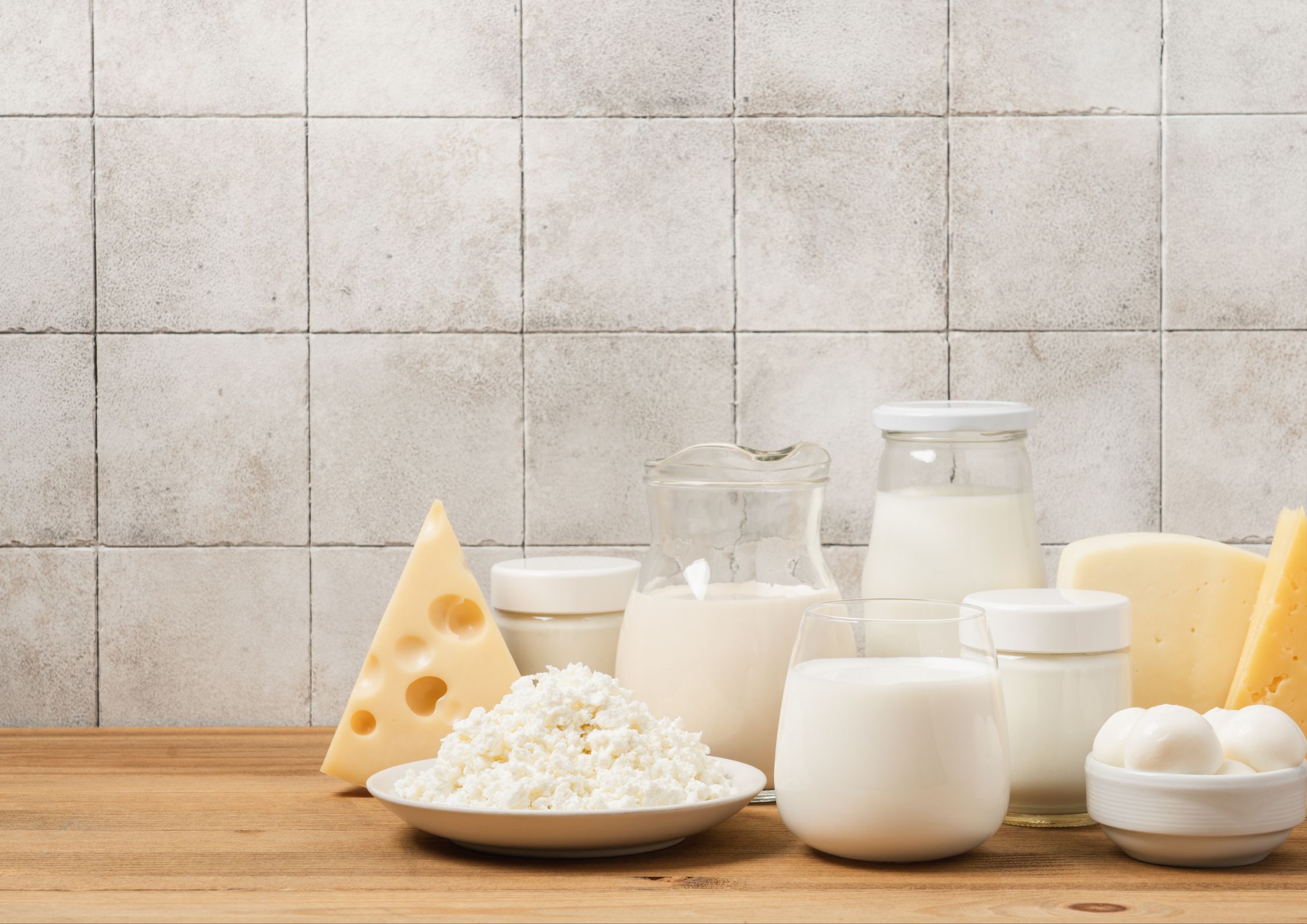.png)

Ajay Srivastava, founder of Global Trade Research Initiative, is an ex-Indian Trade Service officer with expertise in WTO and FTA negotiations.
March 18, 2025 at 8:32 AM IST
After a decade-long hiatus, India and New Zealand have agreed to resume negotiations for a Free Trade Agreement on Mar 16. Although talks between India and New Zealand originally began in April 2010 to boost trade in goods, services, and investment, they stalled after ten rounds. The negotiations were suspended in February 2015 due to disagreements over market access and trade priorities.
The decision to restart negotiations was announced during the visit of New Zealand Prime Minister Christopher Luxon to New Delhi. As the talks resume, both countries will need to iron out the issues that led to the breakdown in discussions last time.
One of the major challenges remains New Zealand’s demand for greater access to India’s dairy market. India has been hesitant to open up the dairy market to protect its domestic industry, which supports millions of farmers. While India may consider limited imports of value-added dairy products, it remains firm against allowing raw dairy imports. Currently, India’s imports a minimal amount of dairy from New Zealand, totalling just $570,000.
New Zealand has been pushing for more favourable trade terms, particularly in agriculture and animal husbandry. In addition to dairy, India has been hesitant to lower tariffs on New Zealand’s meat and wine exports. The recent pressure from the US to open India’s dairy and agriculture sectors may influence the renewed negotiations.
Another key issue was India’s demand for easier movement of skilled professionals and better access for its IT and services sector. India wants New Zealand to grant work opportunities similar to those extended to Australia and China, which New Zealand has been reluctant to agree to.
Trade imbalances also contributed to the deadlock. India sought better access for its products and services in the New Zealand market, but little progress was made in this area. The situation was further complicated by negotiations around the Regional Comprehensive Economic Partnership, from which India withdrew in 2019 due to similar concerns about market access and protecting local industries.
A major challenge in the renewed talks will be the disparity in tariff structures. New Zealand’s average import tariff is just 2.3%, with over half of its tariff lines already duty-free. This provides Indian goods with substantial access to its market. In contrast, India’s average tariff stands at 17.8%, which would require significant reductions, making a traditional FTA less attractive for India. As the talks move forward, both countries will need to find common ground on these issues to achieve a successful outcome.
In 2023-24, New Zealand ranked 87th in terms of total merchandise trade with India. Including services, the total trade amounted to just $1.54 billion, reflecting a significant underperformance in economic ties. With India's goods exports at $538.3 million and New Zealand's exports at $335.1 million, both nations have yet to fully tap into their trade potential.
India’s Trade with New Zealand (in $ million)
| Financial Year | Goods Exports | Goods Imports | Services Exports | Services Imports | Total Trade | India’s Trade Deficit |
| 2018-19 | 379.87 | 630.78 | 142.4 | 613.4 | 1766.4 | -722 |
| 2019-20 | 378.55 | 521.83 | 155.8 | 606.6 | 1662.8 | -594.2 |
| 2020-21 | 486.25 | 381.53 | 166.7 | 436.3 | 1470.8 | -164.9 |
| 2021-22 | 487.6 | 374.84 | 132.6 | 226.1 | 1221.2 | 19.3 |
| 2022-23 | 547.84 | 477.74 | 246.1 | 228.9 | 1500.6 | 87.3 |
| 2023-04 | 538.33 | 335.07 | 214.1 | 456.5 | 1543.9 | -39.2 |
Source: DGCI&S data, New Zealand data
India’s key goods exports to New Zealand include clothing, fabrics, and home textiles, valued at $72.8 million. Medicines and medical supplies follow closely at $67.5 million, while refined petroleum exports total $52.2 million. Agricultural equipment and machinery, such as tractors and irrigation tools, contribute $37.4 million. Other notable exports include automobiles and parts at $17.2 million, iron and steel at $14.1 million, paper products at $13.5 million, electronics at $13.4 million, shrimps at $12.6 million, diamonds at $12.4 million, and basmati rice at $11.2 million.
New Zealand’s goods exports to India primarily consist of agricultural goods, minerals, and scrap metals. Key items include apples worth $22.6 million and kiwifruit valued at $6.6 million. Meat products such as lamb, mutton, and beef contributed $1.9 million, while dairy products total a modest $0.57 million due to India’s protective policies. Specialised dairy derivatives, including milk albumin and lactose syrup, totalled $19.4 million and $6.7 million, respectively. Among mineral exports, coking coal topped the list at $47.9 million. Wood products, including logs and sawn timber, accounted for $9.7 million, while wool exports were valued at $38.4 million. Scrap metal formed a significant part of New Zealand’s exports to India, totalling $91.46 million, with aluminium scrap at $39.9 million and iron and steel scrap at $39 million.
Services trade between the two countries is another critical component of their economic relationship. In 2023-2024, India’s services exports to New Zealand stood at $214.1 million, while New Zealand’s services exports to India amounted to $456.5 million.
India’s key services exports include IT and software services, provided by companies such as Infosys and HCL, as well as telecommunications services to support New Zealand’s digital infrastructure. India also exports healthcare services, including medical tourism, pharmaceutical research, and telemedicine. Financial services are another important area, with Indian banks and fintech companies offering digital payment solutions.
New Zealand’s services exports to India are led by education services, with thousands of Indian students pursuing higher education in New Zealand. Tourism services are also significant, as Indian tourists are drawn to New Zealand’s natural landscapes and adventure activities. New Zealand also provides fintech services, offering digital solutions to India’s financial sector, and specialised aviation training programs for pilots and cabin crew. Additionally, New Zealand firms offer niche IT services such as data analytics and automation solutions.
The first of round negotiations is set to begin in April. It remains to be seen whether the two countries will succeed this time, especially considering the importance of dairy and agriculture to farmers in both countries.




